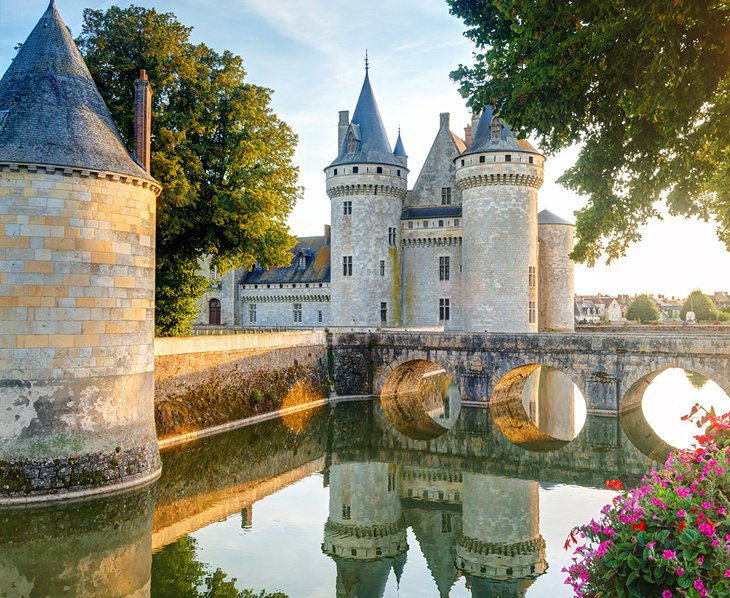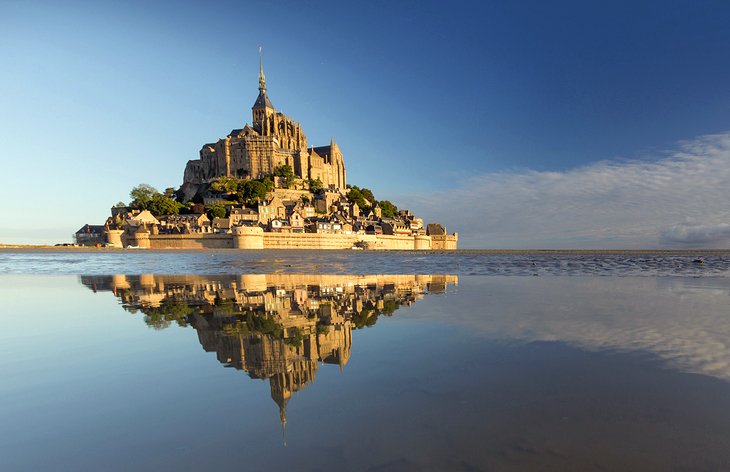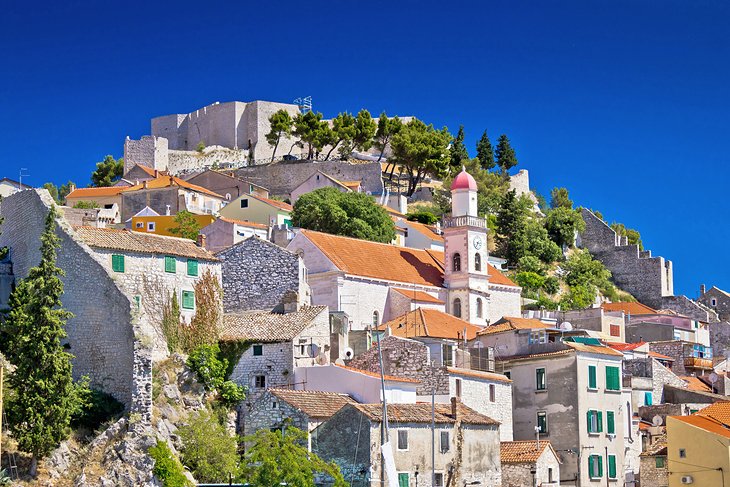Provence
.jpeg)
Stretching from the left bank of the lower Rhône to the Italian border to the east, Provence is a geographical region and historic province in southeast France. To the south, it is bounded by the Mediterranean Sea. It included the departments of Var, Bouches-du-Rhône, Alpes-de-Haute-Provence, and portions of Alpes-Maritimes and Vaucluse, and it roughly matches to the current administrative region of Provence-Alpes-Côte d'Azur.Marseille is the region's largest city and current capital.The area was dubbed Provincia Romana by the Romans, who established it as the first Roman province outside of the Alps. This became its current name. From their capital at Aquae Sextiae (present-day Aix-en-Provence), the counts of Provence ruled it until 1481. After then, it was a province of the French kings.In the Middle Ages, when the Pope and his Curia departed Rome, it also housed the Avignon papacy. Despite being a part of France for over 500 years, the area nonetheless possesses a unique cultural and linguistic character, especially in the interior.The area was referred to as Provincia Romana, or simply "the Roman province," during the Roman era. This term was later abbreviated to Provincia (the province), and the spelling and pronunciation changed along with the language's transition from Latin to Provençal.The climate of the majority of Provence is Mediterranean, with hot, dry summers, mild winters, minimal snowfall, and lots of sunshine.
From the continental climate in the northern Vaucluse to the Alpine climate inland from Nice, Provence has local variances and microclimates. The mistral, a cold, dry wind that blows down the Rhône Valley to the Bouches-du-Rhône and the Var Departments, especially in the winter, and frequently reaches speeds of over 100 kilometers per hour, is one of the key elements of Provence's climate.
Paintings of horses, seals, auks, and bisons from between 27,000 and 19,000 BC were discovered in the Cosquer Cave near Marseille, demonstrating that Provence has been home to artists from prehistoric times.
The magnificent collection of biblical images, weird animals, and everyday scenes painted between 1350 and 1360 can be found on the 14th-century wooden ceiling of the cloister of Fréjus Cathedral. Paintings of a fallen angel with bat wings, a devil with a serpent's tail, angels playing instruments, tigers, elephants, ostriches, house and wild animals, mermaids, dragons, centaurs, butchers, knights, and jugglers are among them.The paintings of Nice-born painter Louis Bréa (1450–1523) can be seen in churches from Genoa to Antibes. Monaco is home to his Retable of Saint-Nicholas (1500), while Antibes is home to his Retable de Notre-Dame-de-Rosaire (1515).
Born in Marseille, Pierre Paul Puget (1620–1694) painted religious scenes and portraits, but his sculptures, which can be seen in the Louvre, outside the Hôtel de Ville of Toulon, and in Toulon Cathedral, are what made him most famous. He is honored with a square in Toulon and a mountain close to Marseille.Enter a picturesque area with olive trees, sun-drenched hills, and fields of deep purple lavender. Tiny settlements are tucked away in the valleys and above rocky outcrops. Numerous well-known artists, such as Cézanne, Matisse, Chagall, and Picasso, have been mesmerized by the colorful landscape.
The Provence region's art de vivre (art of living) thrives because of its rustic natural beauty, country charm, and relaxed environment. The warm weather promotes afternoons spent on the sunny terraces of outdoor cafés and leisurely walks along cobblestone streets.The delectable Mediterranean cuisine of Provence, which is centered on vegetables, olive oil, and aromatic herbs, is one of its numerous attractions. A variety of dining options are available to you, ranging from Michelin-starred restaurants to family-run bistros.
Aix-en-Provence, the classic Provençal town, is well-known for its vibrant outdoor markets and the hundreds of fountains that are characteristic of southern France. While the medieval city of Avignon is home to the UNESCO-listed Palais de Papes, Arles is distinguished by its fascinating old ruins and unique festivities.
Even little towns, such as Gordes, Saint-Paul-de-Vence, and Saint-Rémy, have wonderful museums, fascinating historic sites, and an enticingly charming atmosphere.How Can I Travel to Provence, Alpes, and the Côte d'Azur? Four international airports as well as three TGV stations with trains from Paris, Marne-la-Vallée, Charles-de-Gaulle Airport, London, Brussels, Antwerp, and Amsterdam, as well as connections by water, serve Provence-Alpes-Côte-d'Azur. The French area of Provence is well-known for: solosophie Fields of lavender
Medieval towns perched on hills ,The city of Marseille
Wineries ,Good life,Towns that fish,Amazing canyons and gorges,Good rosé wines.Gorgeous colors, light, and scenery
The Pétanque
The Mistral
Markets in France
hotel near provence-Hôtel Le Mozart.ibis Aix en Provence,Escale Oceania Aix-en-Prove,Le Pigonnet - Esprit de France,Hôtel Cézanne Boutique-Hôtel
By Admin
21 May 2025


.jpeg)
.jpeg)

